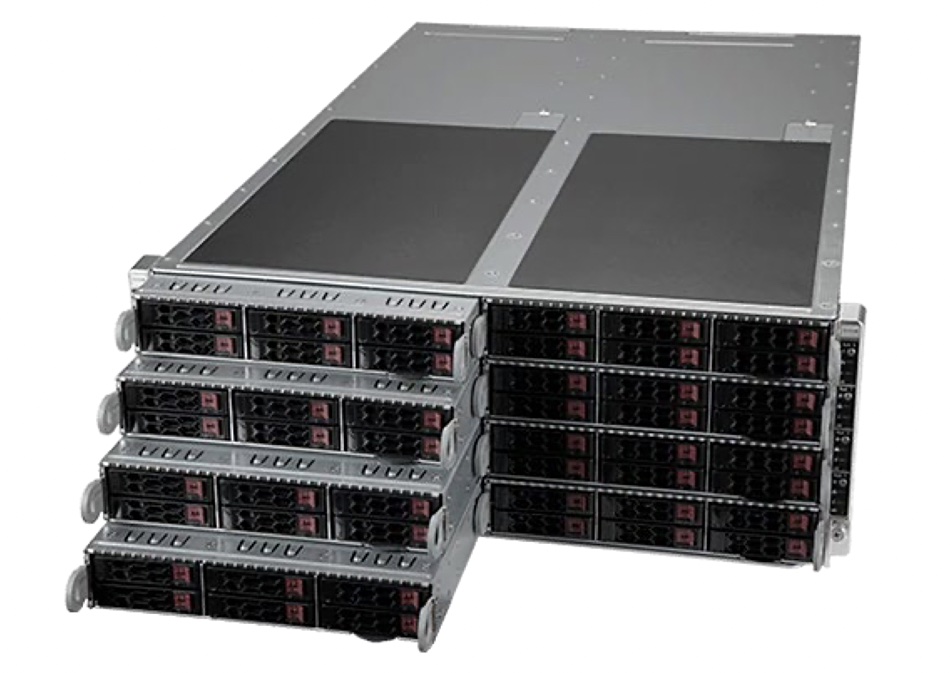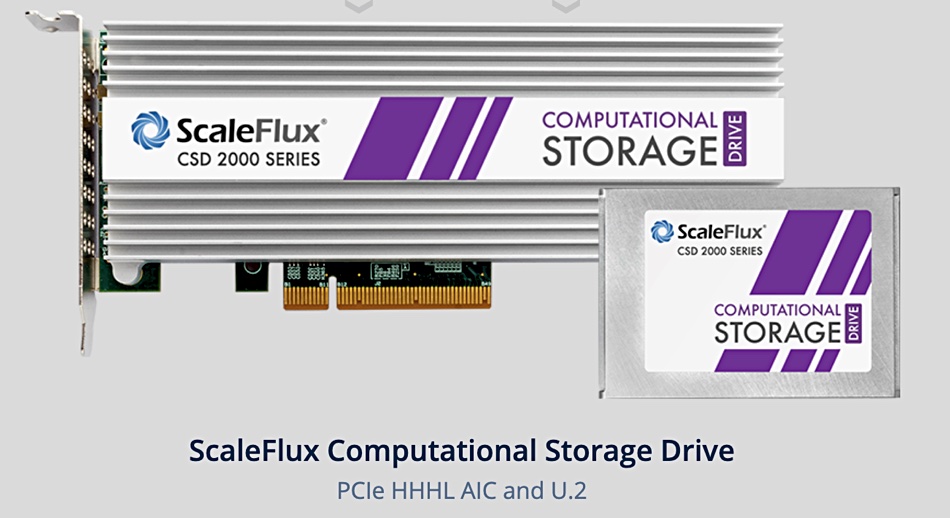Scaleflux computational storage SSDs, with Supermicro’s FatTwin server, has been benchmarked to show it can double Redis-on-Flash SSD endurance — to three years or even more.
Redis is an in-memory NoSQL database and Redis on Flash (RoF) uses SSDs to extend the in-memory capacity by keeping the dataset’s “hot values” — keys and the data structure behind the keys, the Redis dictionary — in DRAM, and putting the “warm values” — the lesser-used portion of the dataset — in local Flash storage. When a value stored in Flash is accessed, it is promoted back into DRAM. In many cases, with a high Flash-to-DRAM ratio, Scaleflux says, the highly intensive workload can wear out SSDs after as little as 18 months.
Tong Zhang, co-founder and chief scientist of ScaleFlux, said “The small number of SSDs required by RoF deployments leads to some critical design considerations, as users require SSDs to individually offer high endurance mixed with excellent workload performance. Our collaboration with Supermicro addresses these needs and appeals to a variety of use cases. We look forward to astounding customers with the performance and cost efficiency.”
According to a benchmark white paper, Redis-on-Flash utilises RocksDB to manage the values stored in Flash. RocksDB employs a Log-Structured Merge-Tree (LSM-Tree) structure that makes insertions into the database very fast, but reads may require multiple accesses to storage to retrieve a record. RocksDB is suited for write-heavy workloads. A typical Redis-on-Flash system will write frequently to Flash but read only occasionally, and a practical recommendation is to maintain a 10:1 ratio of Flash to DRAM.

The ScaleFlux CSD 2000 product is an up to 8TB SSD fitted with QLC (4bits/cell) Micron flash and integrated compression/decompression compute engine hardware. Scaleflux says its performance is up to 6x faster than other NVMe QLC SSDs and its endurance is up to 4x better than other QLC SSDs. Customers can expect 3:1 or better compression ratios.

The compression hardware effectively amplifies the access bandwidth and also improves the random IOPS numbers. The CSD 2000 has either a half-width, half-height PCIe add-in-card or 2.5-inch U.2 design which matches Supermicro’s FatTwin half-width server design with configurable 4Ux 8-, 4-, and 2-node systems.
The FatTwin server is designed to enable two nodes per rack unit, doubling the compute density compared to full-width systems. Scaleflux says benchmarking data shows consistent, low-latency performance with RAM hit ratios as low as 60 per cent using two CSD 2000 devices per node. The CSD 2000’s compression capability enables SSDs to last three years or more in the write-intensive RoF environment.
The benchmark paper explains that “Flash latency is three orders of magnitude higher than RAM; nonetheless, running the workloads exclusively from Flash achieves 31 per cent of RAM performance for write (SET) and 56 per cent of RAM performance for read (GET). In both cases, the average latency remains below a 1ms threshold. The Flash storage layer provides an appreciable level of performance under worst case conditions while extending database capacity by nearly 10x.”
Preconfigured RoF nodes are now available on Racklive. Read the benchmarking white paper to learn more.







